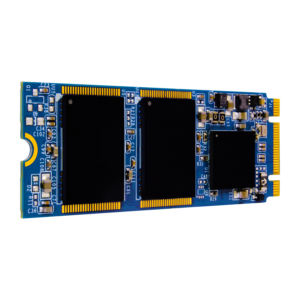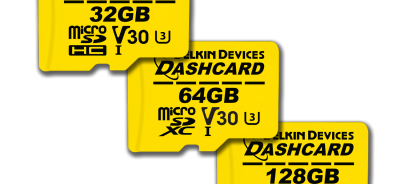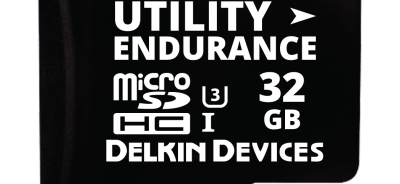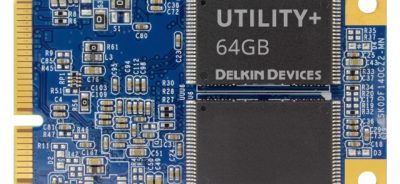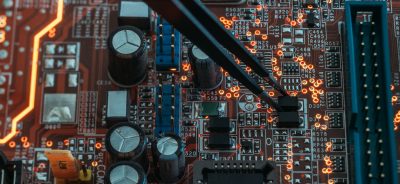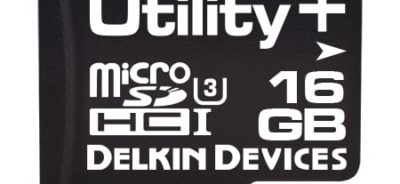Answers to Frequently Asked Questions about M-2 SSD
M-2 SSDs are designed specifically for use in devices that require a very small form factor and that are power constrained, such as very thin laptops. Originally known as Next-Generation Form Factor, or NGFF, this SSD supports multiple interfaces, including SATA, and delivers higher speeds than older SATA drives. If you are considering using an M-2 SSD in your application, here are the answers to some of the questions that are likely to be on your mind.
What makes M-2 SSDs different from other SSDs?
SSD stands for solid state drive. These drives are alternatives to hard disk drives, or HDDs, which use spinning, mechanical parts in their operations. SSDs use a series of electrical charges for operations, so they are generally able to operate faster than HDDs. Although HDDs were once standard and SSDs were used only in rare instances, SSDs have since become the primary drive of choice in many consumer and industrial products.
M-2 SSDs solve a lingering problem with SSDs, which have generally been too fast for the bus in the systems in which they were used. M-2 SSDs can use PCI Express lanes as well as many other buses, including the SATA bus, to achieve the fastest storage speeds possible.
What is the difference between M-2 SSDs, mSATA, and SATA Express?
SATA Express made it possible for SATA SSDs to use PCI Express instead of the SATA bus in order to obtain higher speeds, while mSATA is a mini-version of a SATA drive designed for use in small devices. M-2 SSDs do the same thing as SATA Express, but can work with more interfaces, including SATA. M-2 SSDs are generally faster and have higher capacities than mSATA drives, but they are both still widely used in applications that need a high level of storage within a very small space and with very low power demands.
Because an M-2 SSD supports PCI Express, it can use the NVMe protocol, which is a non-volatile storage format. This results in low power consumption, low levels of latency, and increased IOPs.
If you have an older system, M-2 SSDs are unlikely to be compatible, since the design is different from older SATA drives. Likewise, if you need an SSD for an enterprise system, M-2 SSDs are likely to be too small, since they are designed for small devices.
Delkin is here to help you make the right decision about embedded storage for your industrial application. Contact us today to learn more about M-2 SSD and other embedded options.
 Login
Login Register
Register


